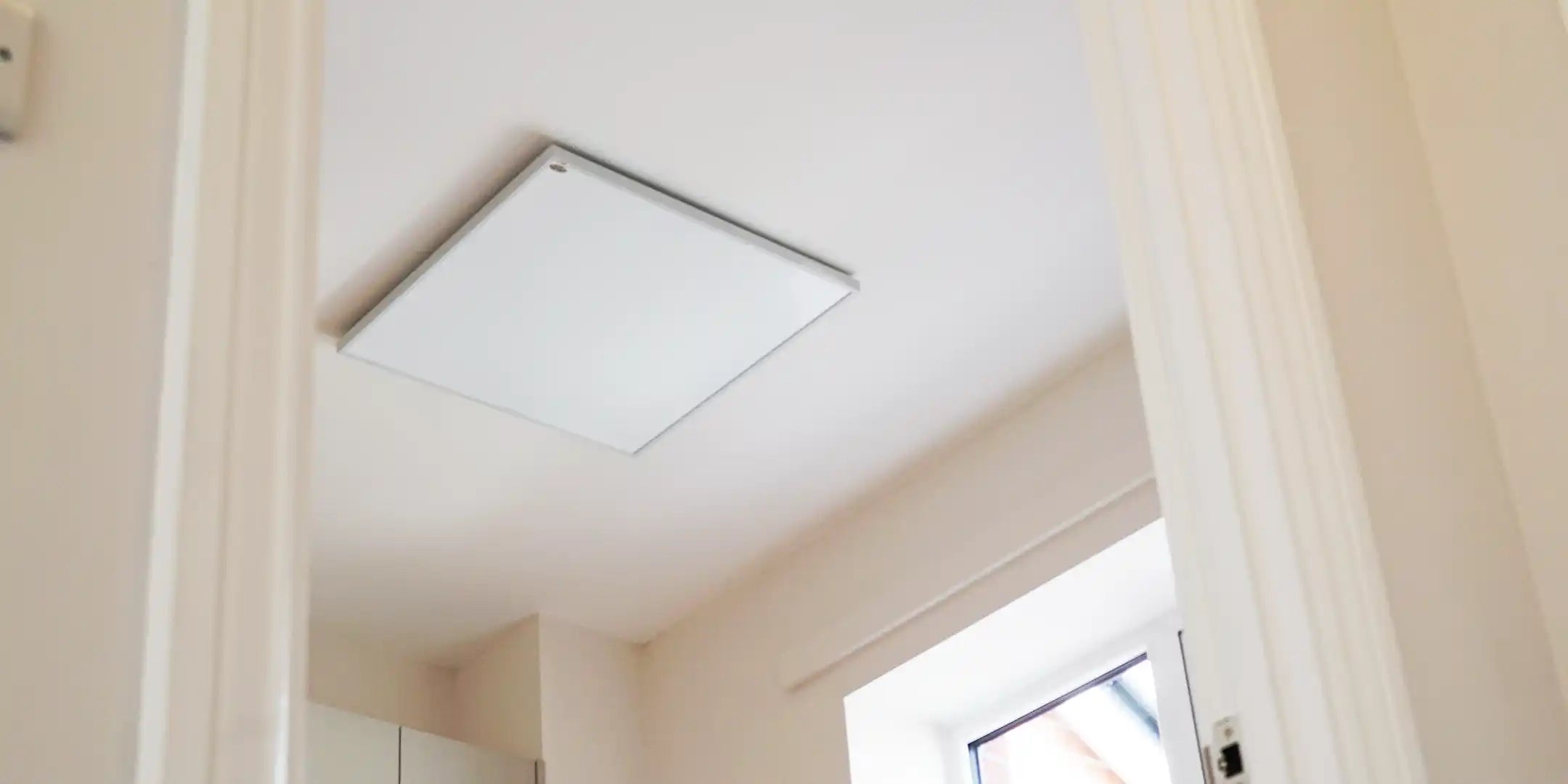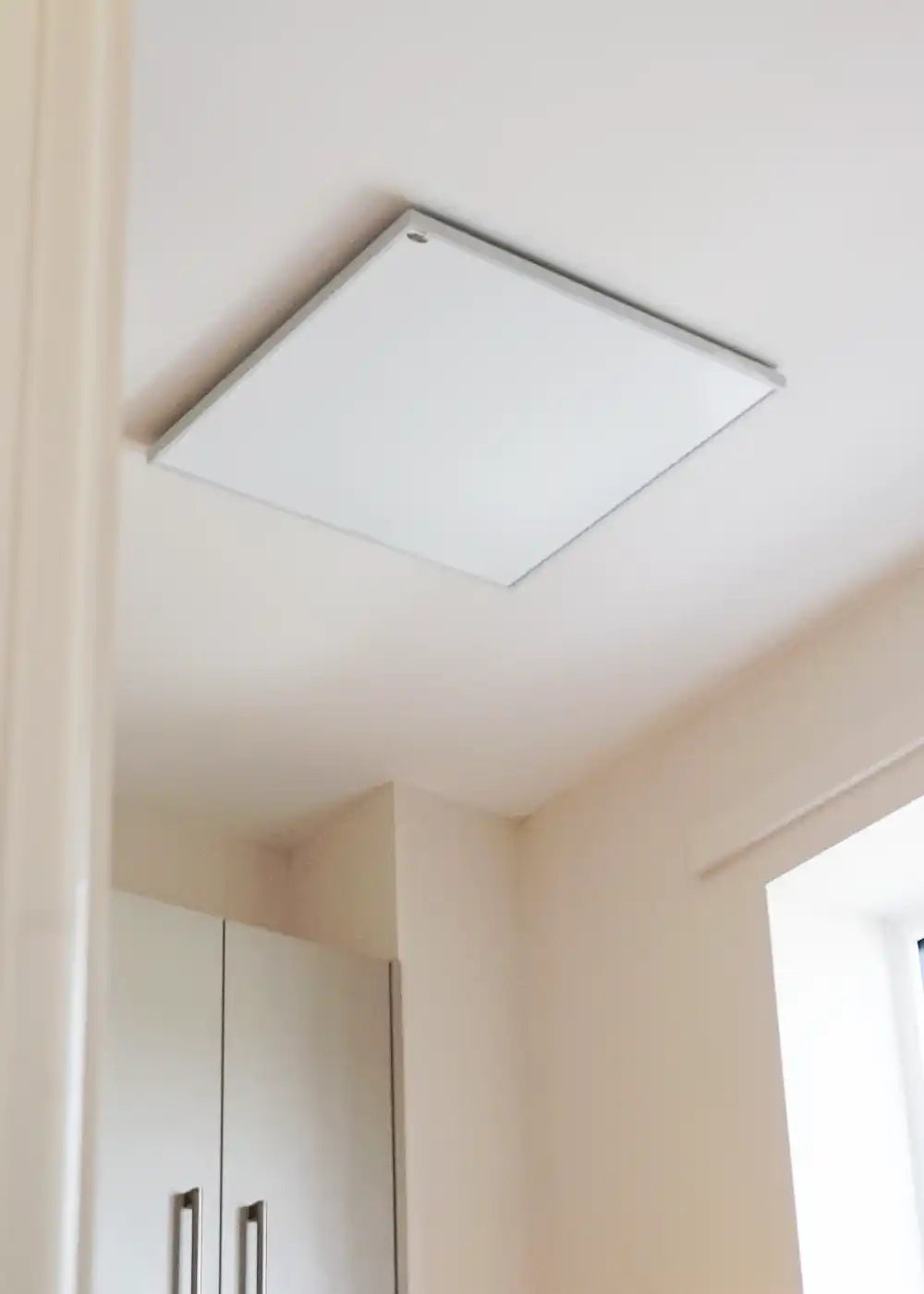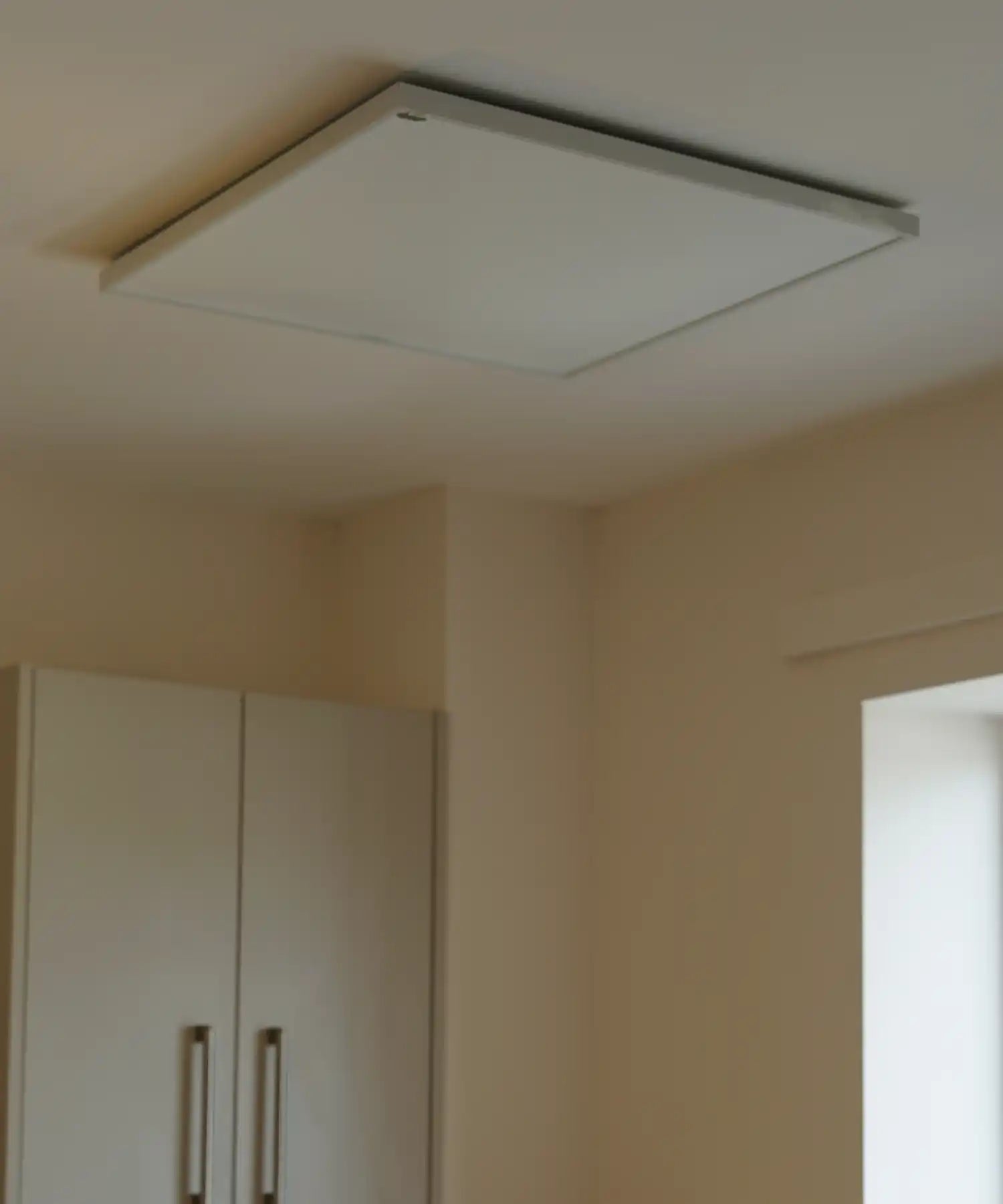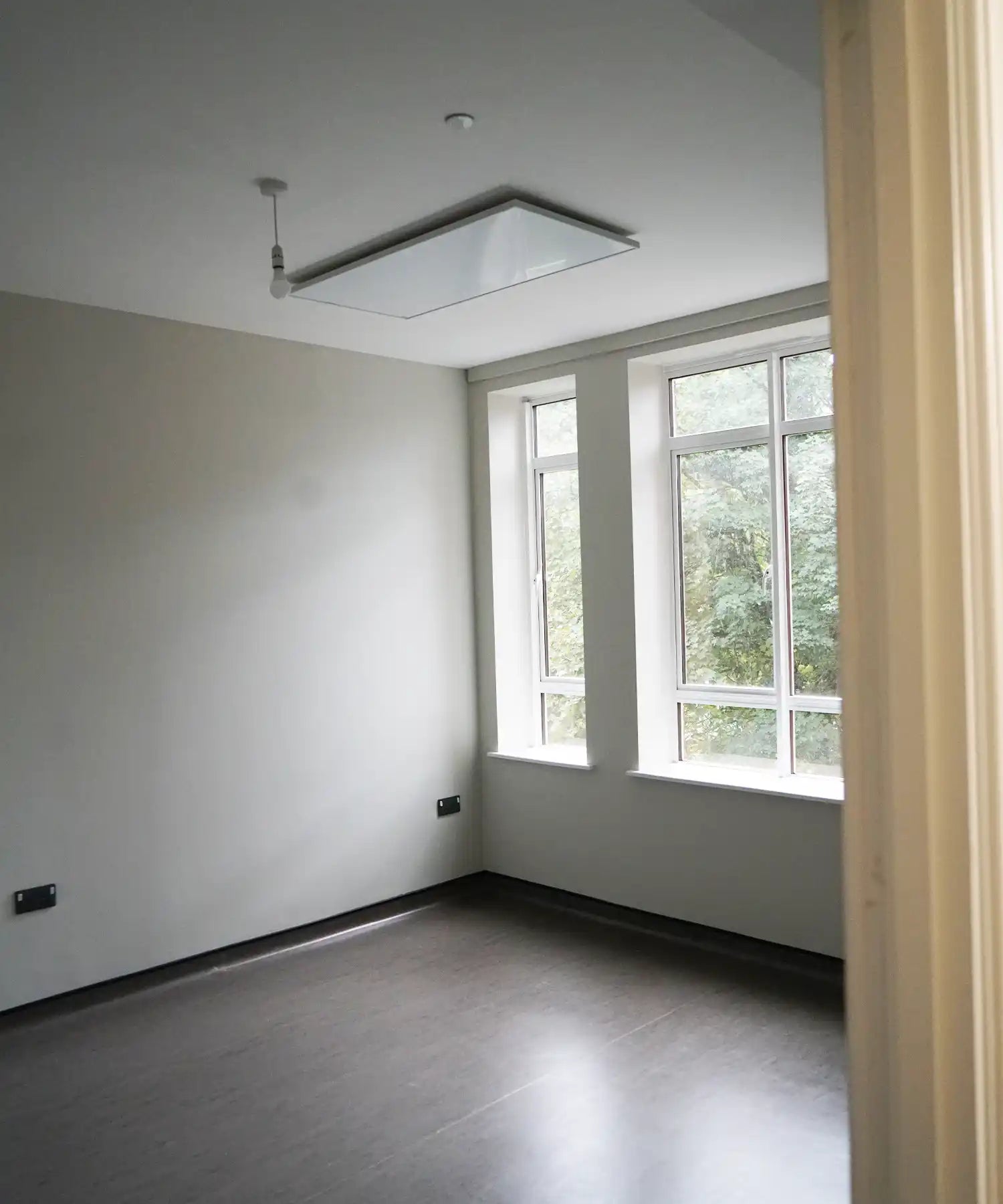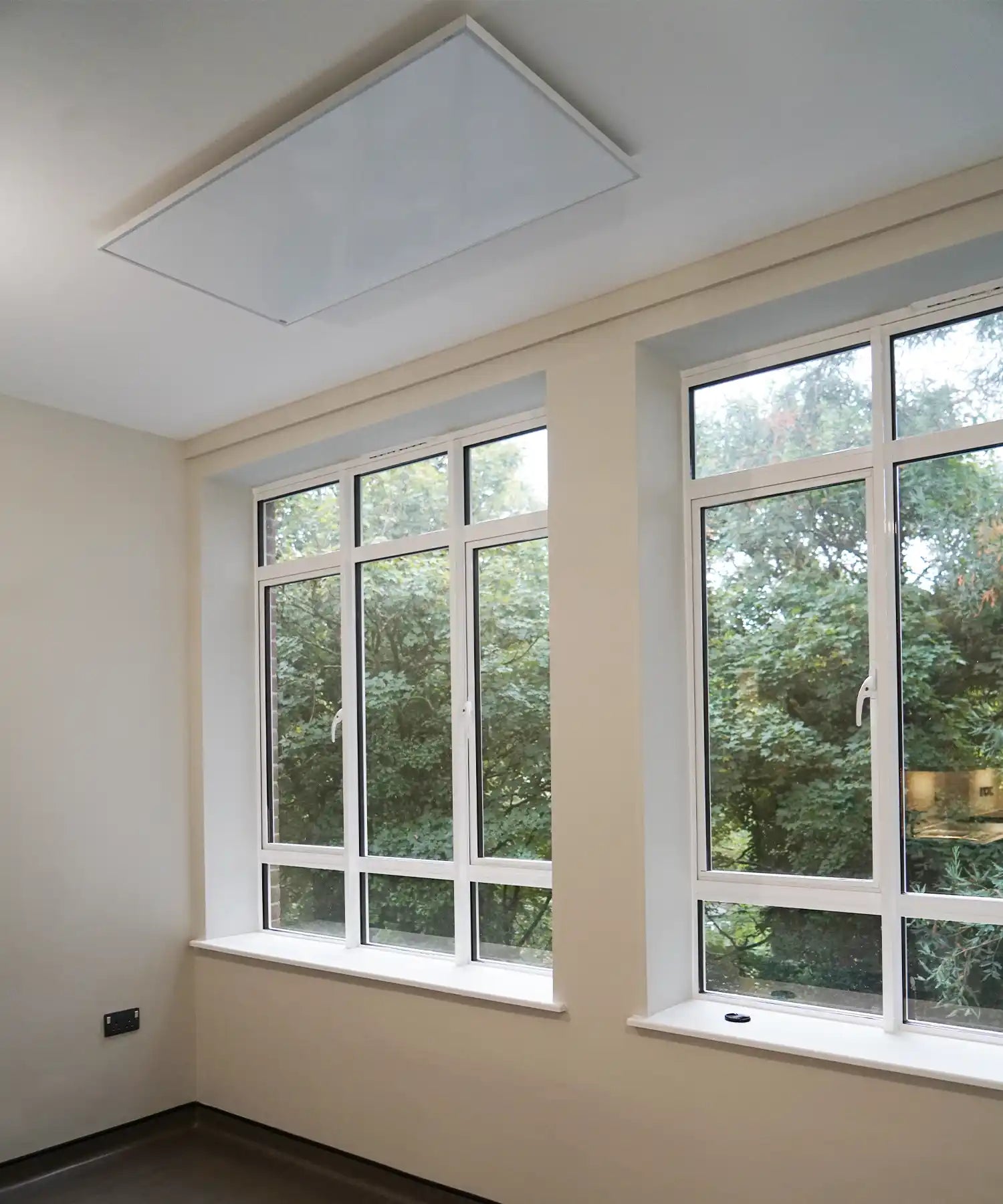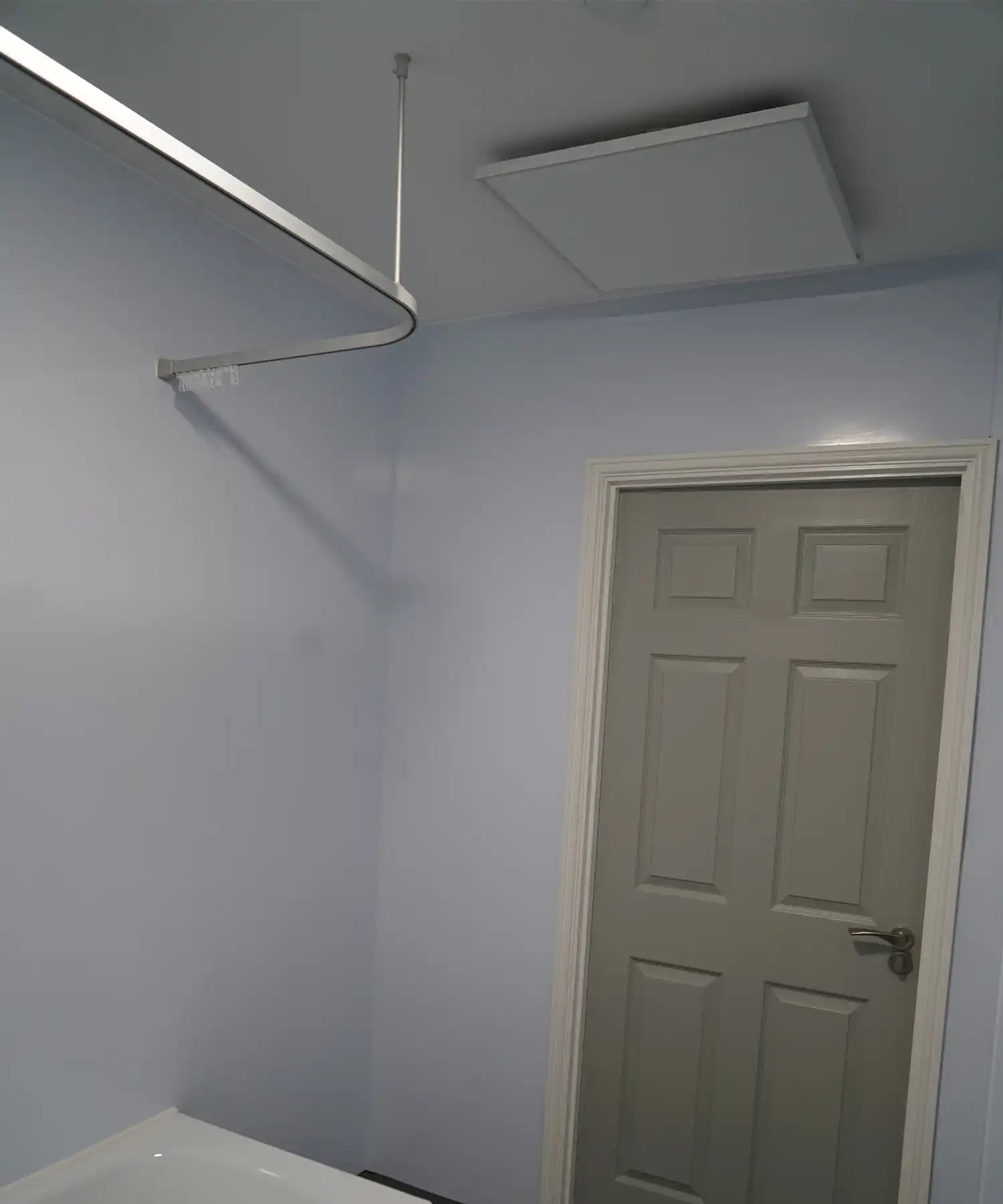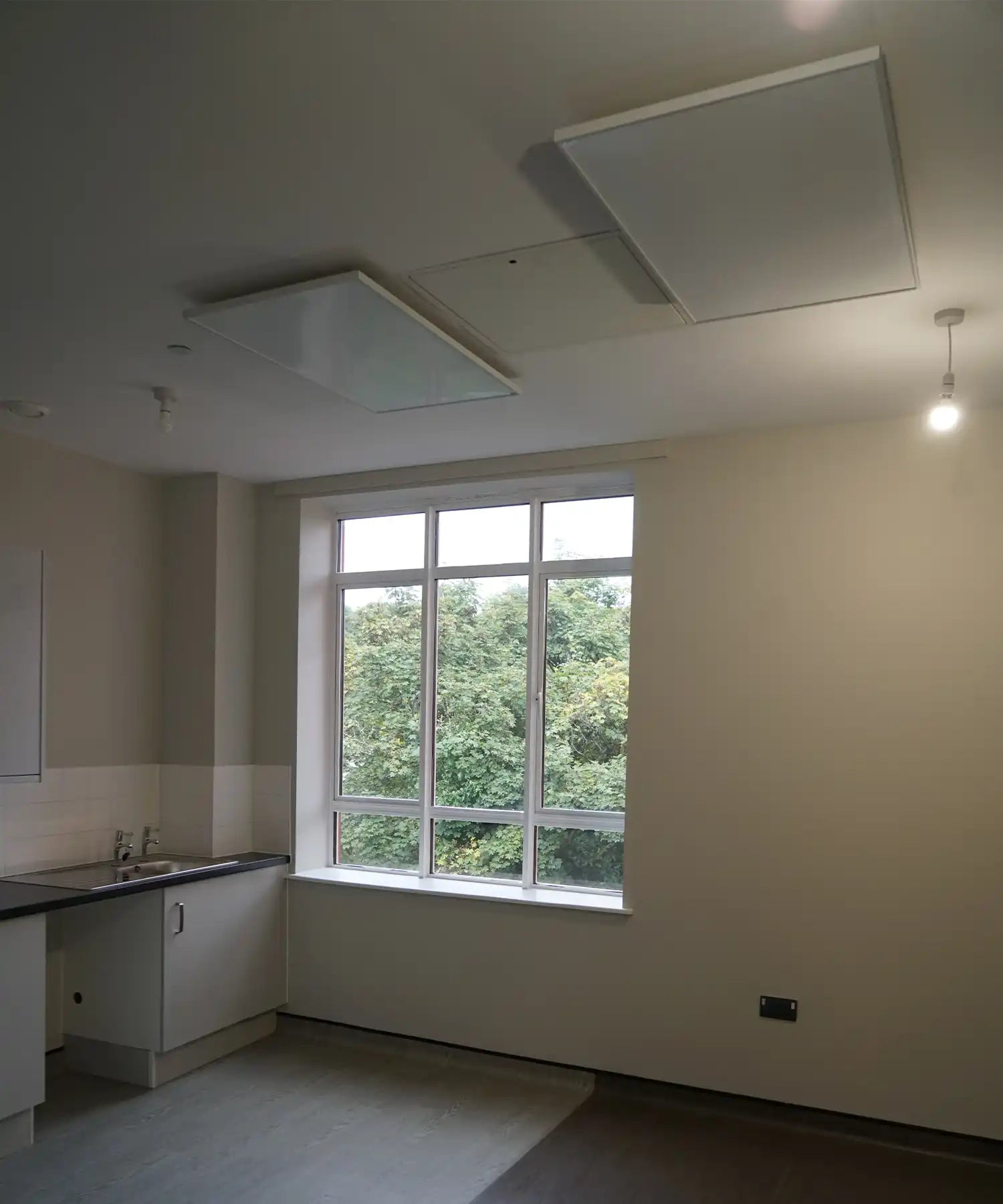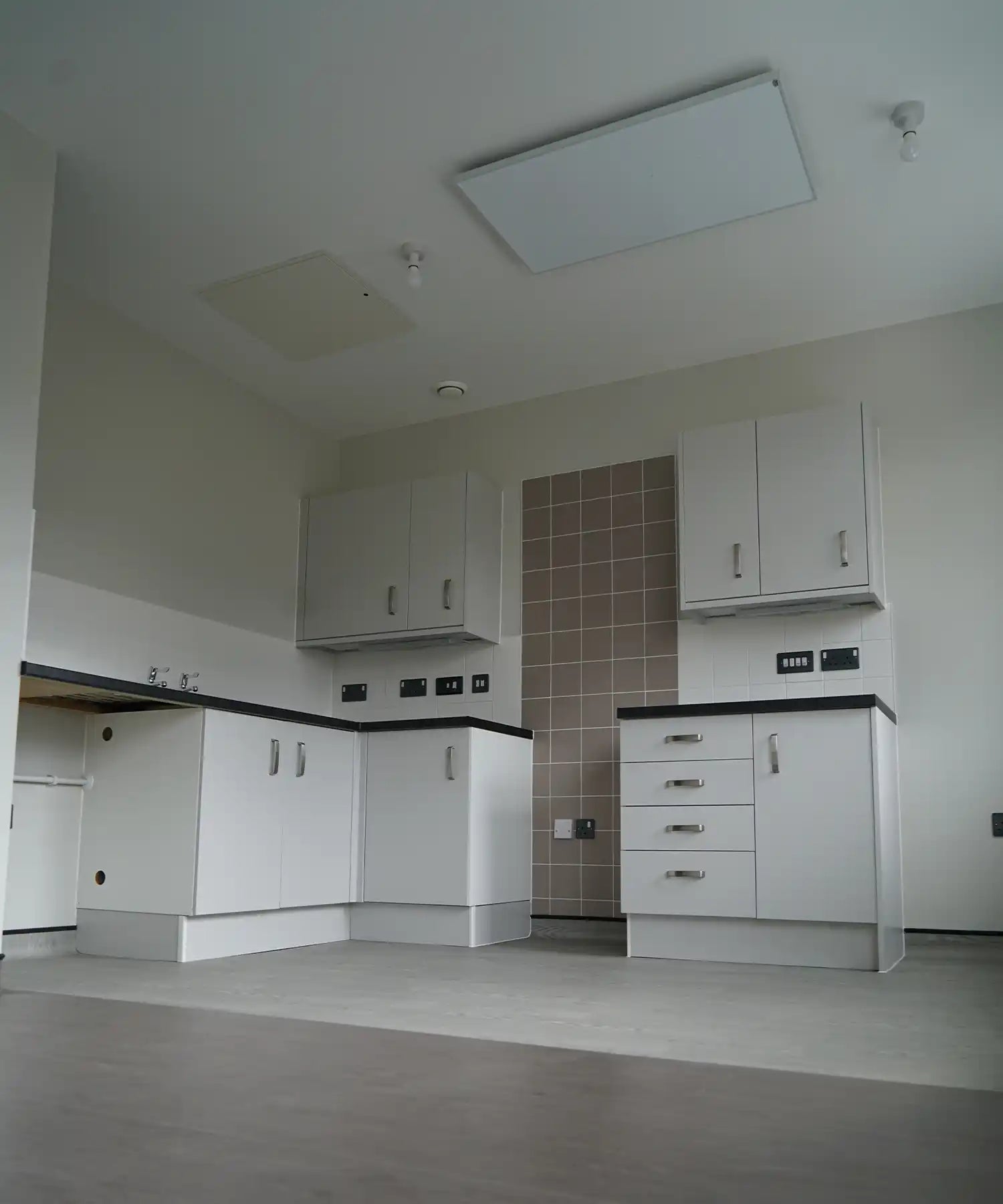How Infrared Heating Works
Heats people & objects, not air
Pair text with an image to focus on your chosen product, collection, or blog post. Add details on availability, style, or even provide a review.

Reduces heat loss through drafts
Pair text with an image to focus on your chosen product, collection, or blog post. Add details on availability, style, or even provide a review.

Panels emit gentle, sun-like warmth
Pair text with an image to focus on your chosen product, collection, or blog post. Add details on availability, style, or even provide a review.
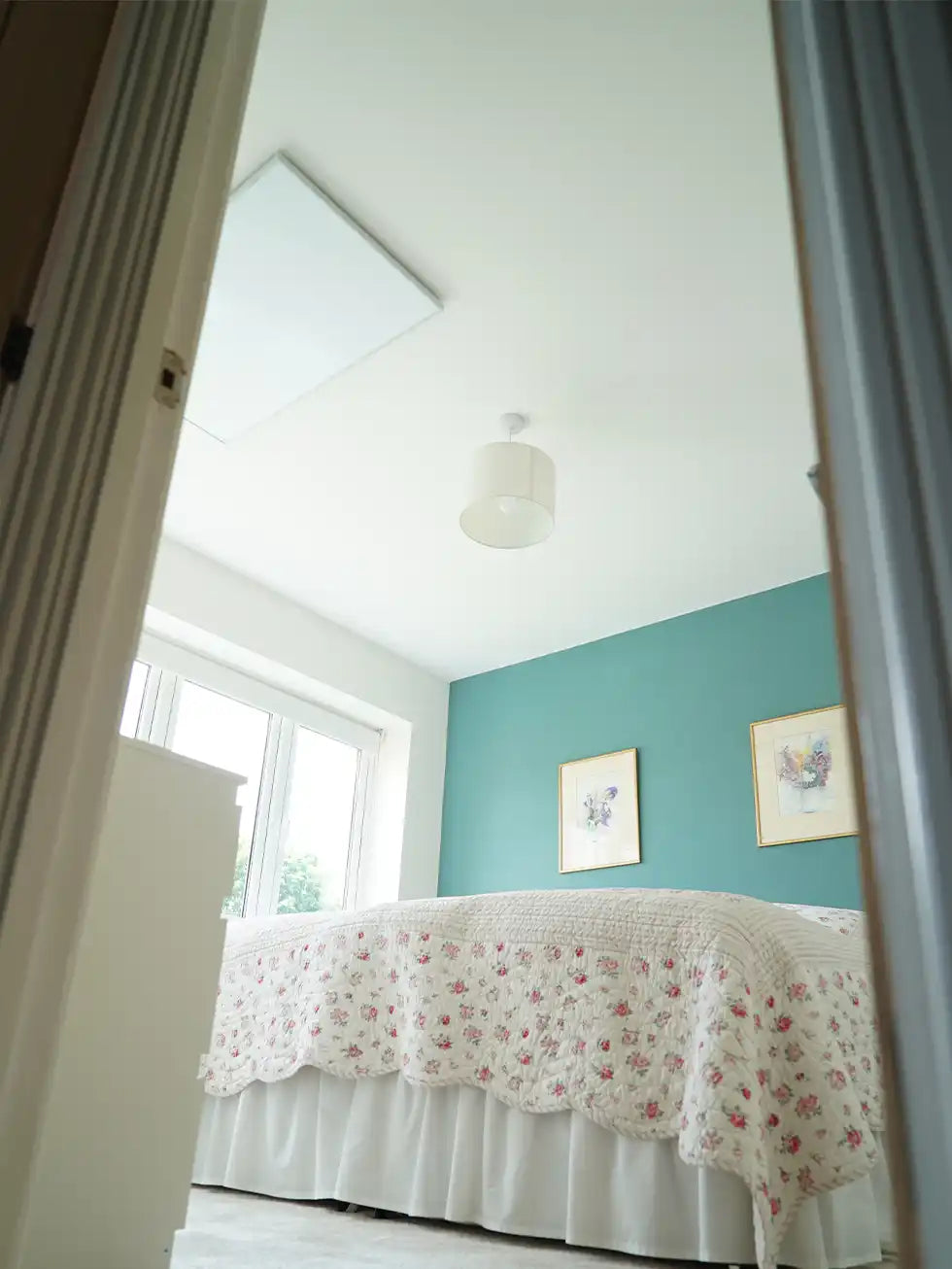
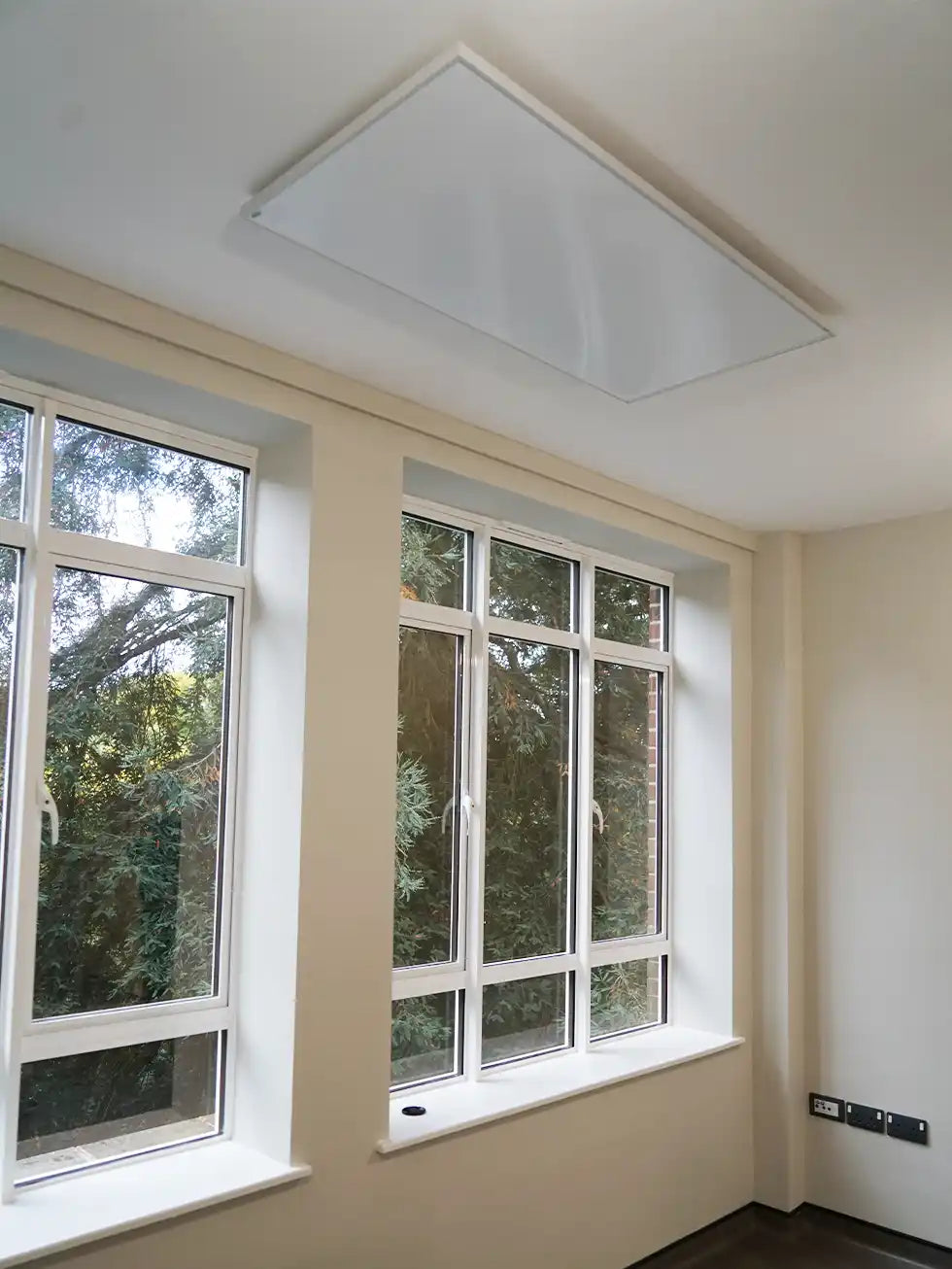
Why Infrared?

Gas Heating

Electric Radiators

Infrared Heating
Running Costs
Medium
High
Low
Maintenance
High
Medium
None
Control Options
Limited
Medium
Smart
Eco-Friendliness
Low
Medium
High
Why Buy from Kiasa
When you choose Kiasa, you’re not just buying heaters—you’re investing in peace of mind. We deliver proven, energy-efficient solutions designed for landlords and HMO property owners who want reliable heating without the hassle. Whether you're fitting out a single flat or upgrading an entire portfolio, our expert team offers straightforward advice, durable products, and service that doesn’t vanish after the sale.
From compact panels for box rooms to whole-building systems that boost your EPC rating, Kiasa makes it easy to heat smarter—and stay compliant.

UK BASED TEAM
With professional, IR-trained advisors

TAILORED SUPPORT
Find your perfect heating setup that suits you

AFTERCARE
You’ll actually enjoy- we love checking in!
Gallery

Book a Free Consultation
Not sure where to start? Let's talk.
Or call us on 0116 488 5150.
Alternatively, send us a message to our Whatsapp chat system (bottom left corner).
FAQ
Infrared heating uses radiant heat to warm objects and people directly—like the sun, but without the sunburn. It’s efficient, silent, and allergy-friendly.
Yes! Infrared uses less energy to maintain comfort. Many users see up to 50% savings on heating bills, especially in well-insulated properties.
Absolutely. Most panels can be connected to smart thermostats or mobile apps for total control, even when you're on the beach.
Totally. Infrared heating is widely used in healthcare and homes. No open flames, no exposed elements—just warm vibes.
Panels mount on walls or ceilings and plug into mains. No pipes, no mess.
They love it—especially those with allergies or asthma. It's quiet, doesn’t dry out the air, and it looks sleek (no clunky radiators).

